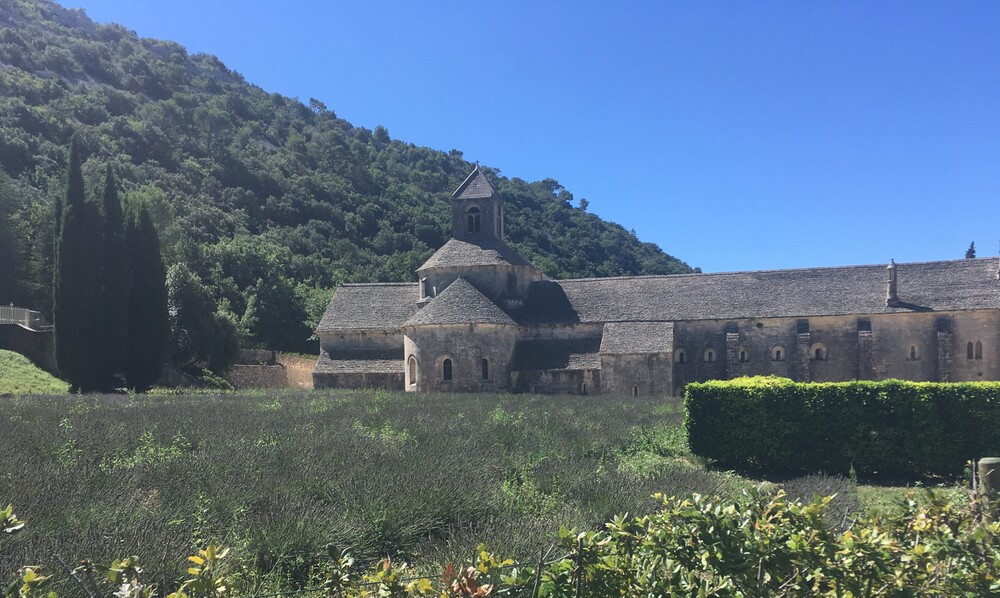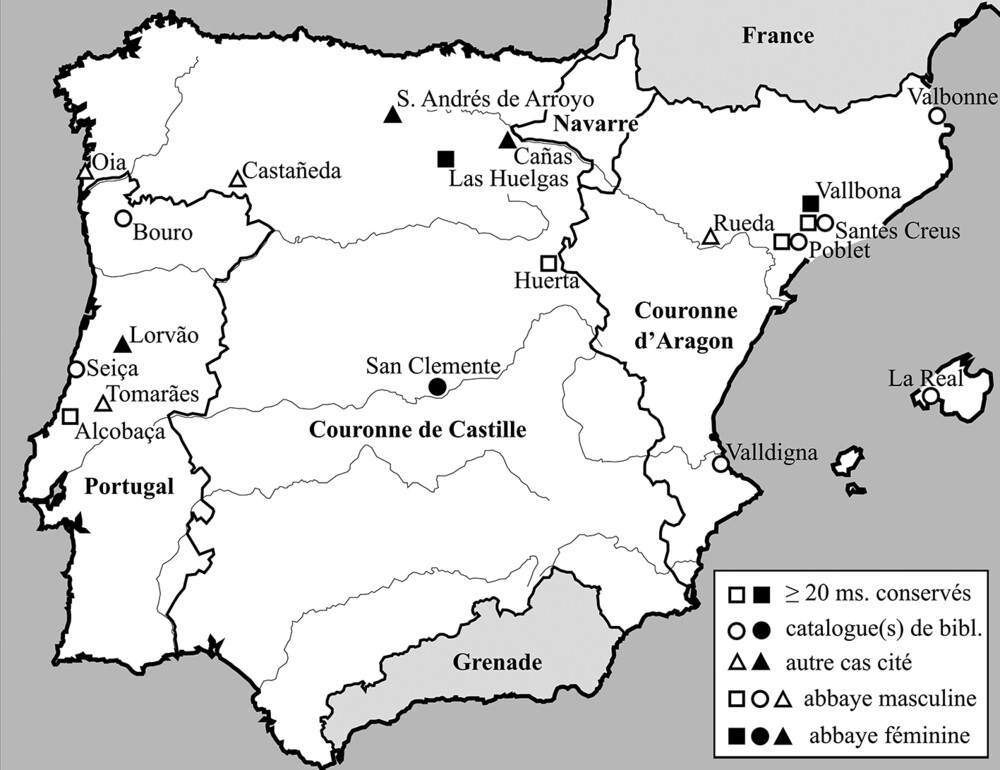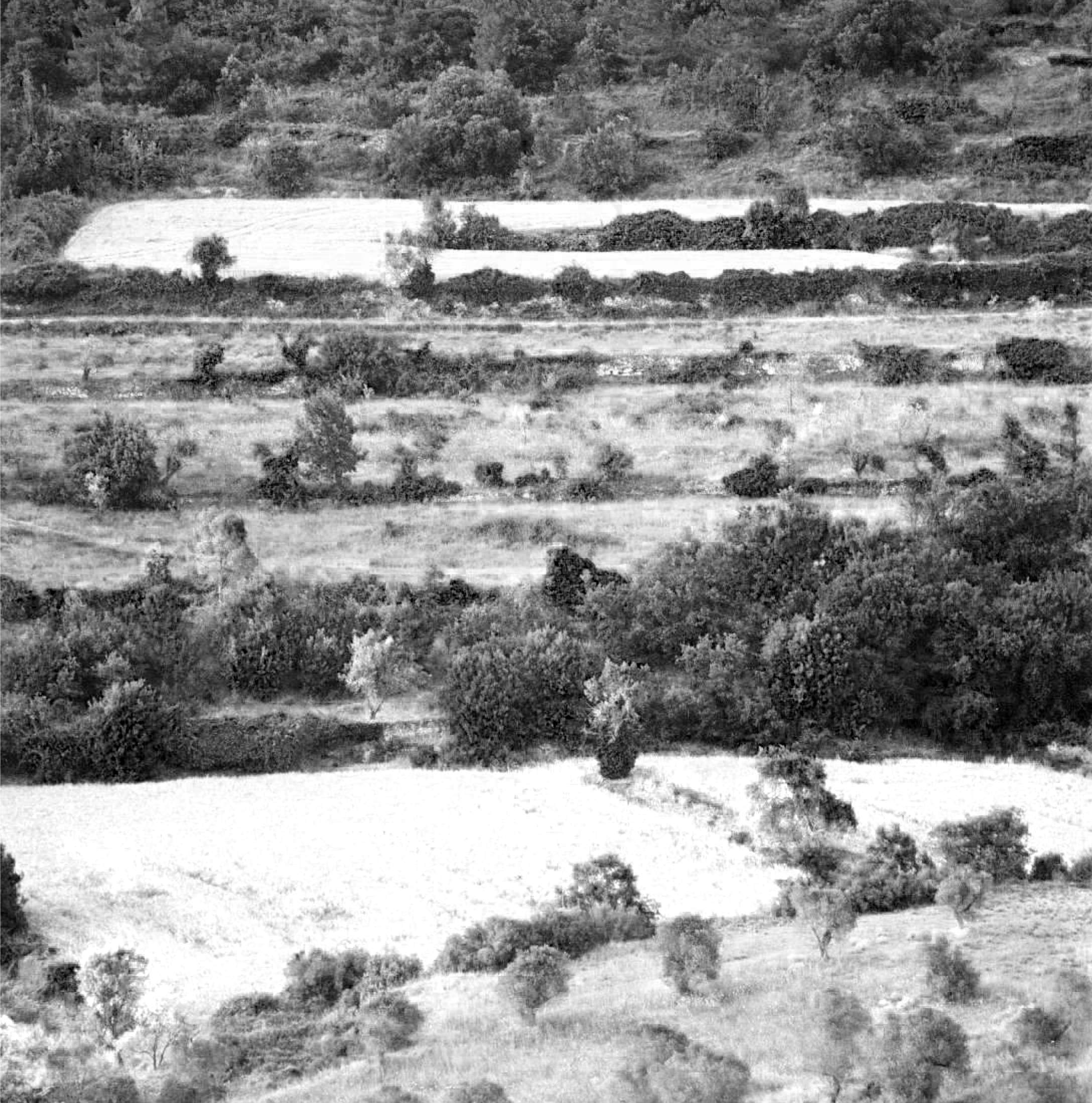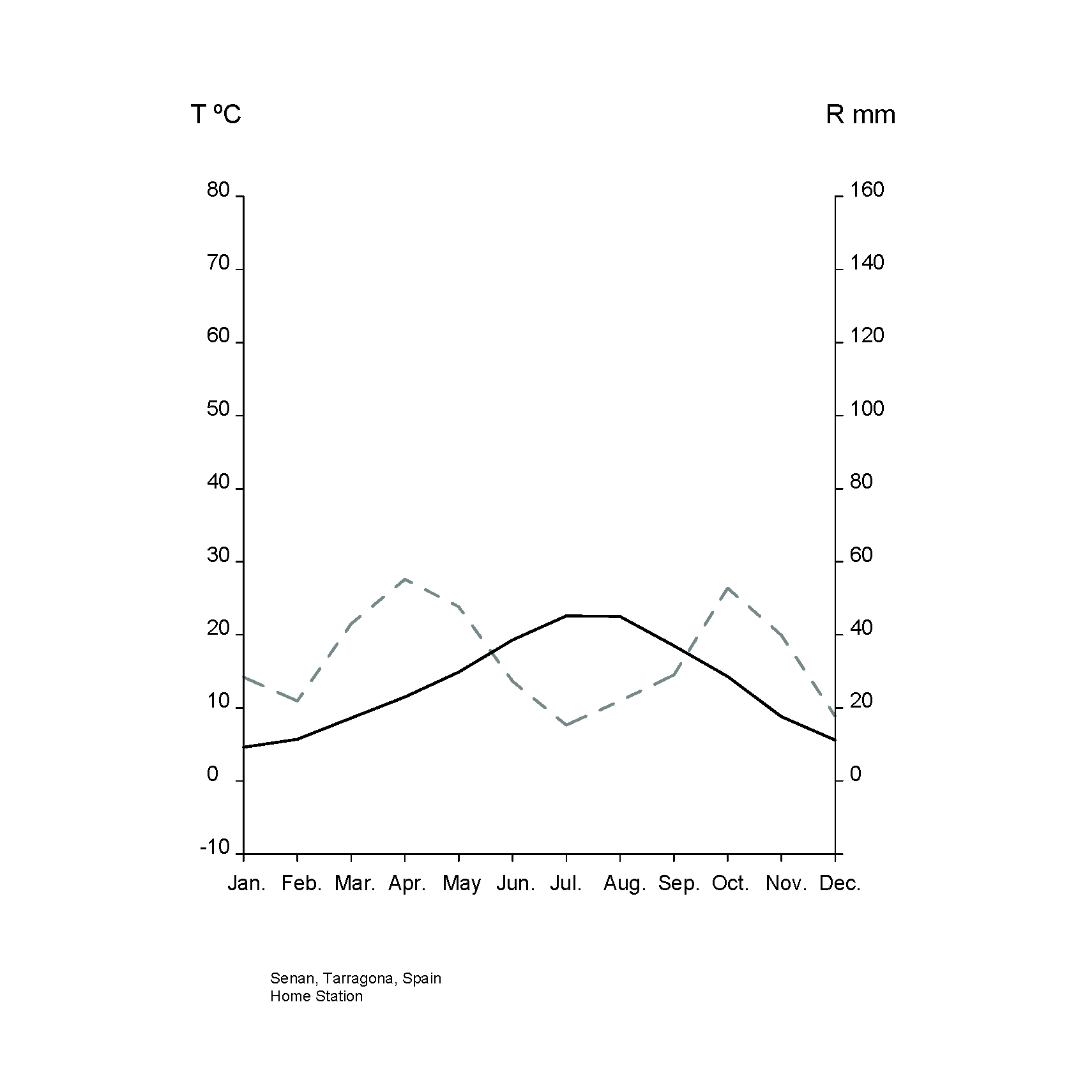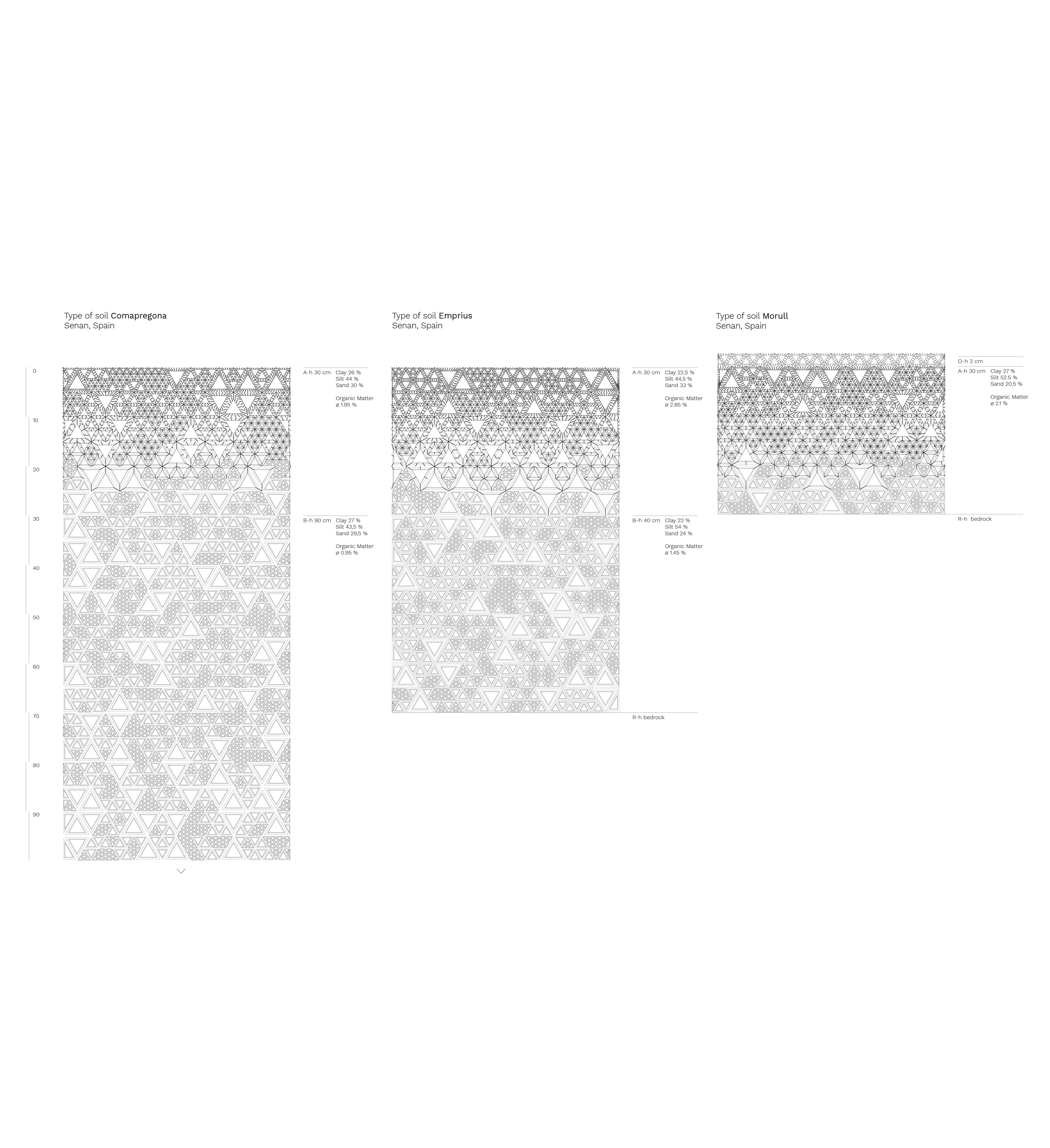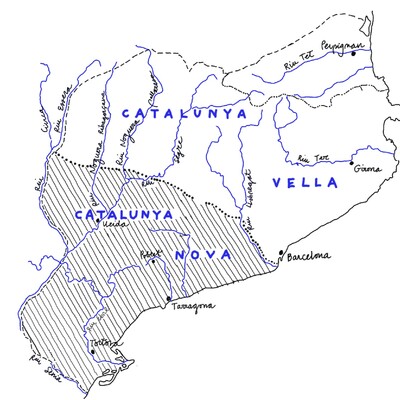
Senan History
An important part of a landscape’s shape, and especially so in highly populated regions of the world is the structure of the division of the land, and the way it is owned. Looking at these elements from a historical perspective is an interesting way to examine the current shape of fields, forests, and towns, and understand how these vary not only because of climate, geography, and environmental factors, but also because of history.
In the case of the Iberian Peninsula, the broad trend is that in the northern part of the country is characterized by small agricultural properties and farmhouses that are spread over an area forming hamlets or standing on their own. This contrasts with the south, where latifundios are predominant, and they are linked to villages of the laborers that would work on the fields, owned by the nobility. The origins of this difference lie in the conquest of Al-Andalus by the Christian Kingdoms during the Middle Ages. In the North, the Muslim rule of the Peninsula was brief, and in some places did not happen at all. Therefore, in these lands the Visigoth hereditary traditions prevailed. Under these, it was common to split inheritances, fostering the creation of small properties. Also influential in the establishment of a structure of small agricultural properties was the creation of the Hispanic March, a frontier territory in which farmers and could gain ownership of the land by working it for several years (although these farmers would later become serfs in the remences of thirteenth century). By contrast, the south was incorporated into the Christian kingdoms through military campaigns, and large amounts of land were granted to the nobles that fought in them.
In Catalunya, a similar north-south divide in the structure of the land can be observed, through similar historical processes. Historians since the XIII century have distinguished “la Catalunya Vella” (the Old Catalunya) from “la Catalunya Nova” (the New Catalunya). Catalunya Vella corresponds with territory conquered before Ramon Berenguer IV through the Hispanic March, and is where there were remences, while Catalunya Nova comprises southern and eastern parts of the Principality, which were conquered later on. In Catalunya Nova the settlement and property structure are closer to that of the latifundios in Castilla and Andalucía, although they are not as extreme. Senan sits squarely in Catalunya Nova, and it did not have remences. Initially nobles owned the land directly, followed by the church in Montserrat and eventually the church in Poblet.
The Cisterian Monastery of Poblet in Spain (left) and the Abbey of Sénanque in France (right), also built by the Cisters. Photos Teresa Galí-Izard
Poblet is a monastery that lies in the base of the Prades Mountains. Historically, it is one of the most important in the area, being the tomb of Aragonese Kings since Alphonse II the Chaste. Furthermore, it is populated (to this day!) by monks of the Cistercian Order, which is a reformed branch of the Benedictine order originating in France. Poblet enjoyed the favor and grace of the Kings of Aragon from the XIII century until the end of the XV century, when the crowns of Castille and Aragon were joined, which gave it significant influence in the southern part of Catalunya and the north of the current Valencian Community, which helps explain the exceptional influence the monastery held over Senan over centuries. While the influence of the monastery gradually declined during the Renaissance and the Modern era, it was definitively ended by Mendizabal’s confiscation in 1835.
Left, a map of Cisterian Monasteries in Europe from, François Blary (2020) "La question des clos symboliques et forifies des etablissements cisterciens (XIII-XV)." Right, a map of the Cisterian monasteries in Spain from, Ghislain Baury (2019) "Singuli in singulis libris legentes"
All this is relevant to explain the current structure of property in Senan, which is mostly composed of small landowners who are in many cases directly involved in the cultivation of their lands, unlike what characterizes latifundios. The explanation of this possible discrepancy lies in the liberal confiscations of church property, which allowed the richer families in the village to purchase the lands previously owned by the Church.


